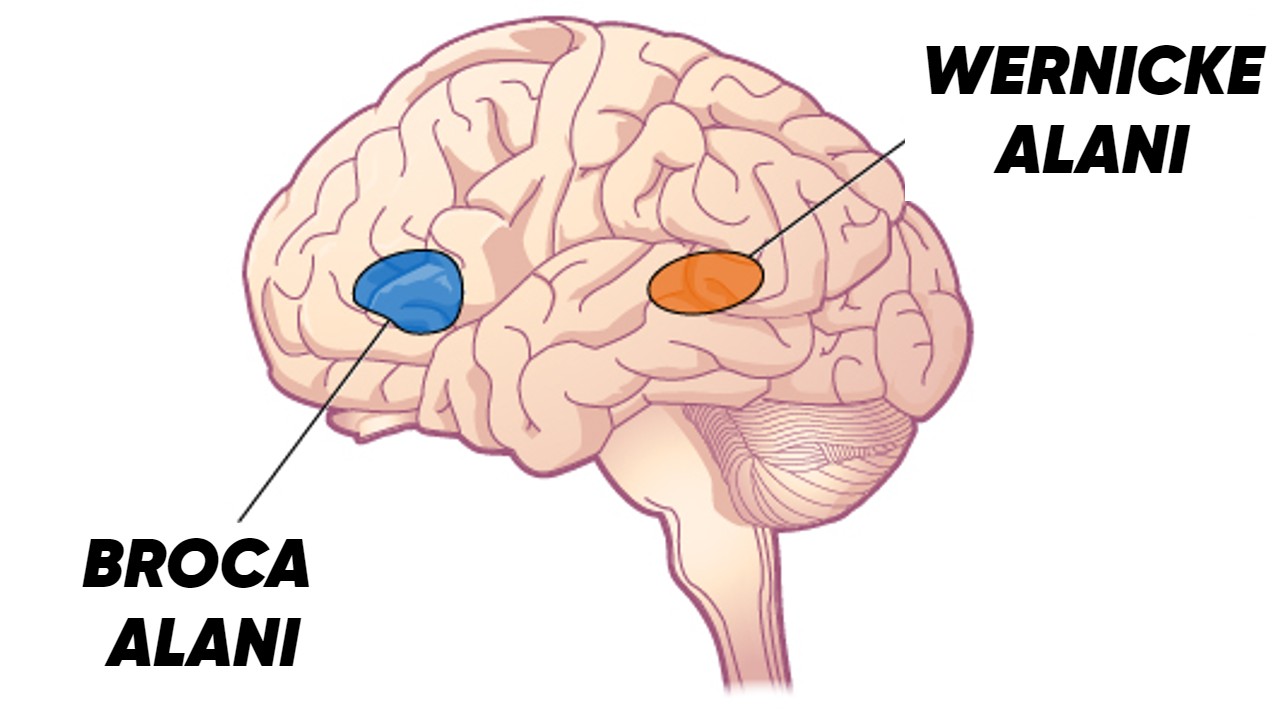Have you ever “heard” you talking in your head? If your answer is yes, it means you are experiencing the phenomenon called inner monologue. The internal monologue, popularly known as the inner voice, is another magnificent mechanism of our brain that enables us to think in words.
While many of us are reading or thinking our own voice we hear it in our head. As someone who has experienced inner monologue, it may be difficult to imagine a way of thinking in which the inner voice is not active, but this mechanism really does not work in some people.
Well, it’s like a voice is rising from our brain Have you ever thought about how and why we can hear our inner voice that makes us feel as if we are hearing it?
The inner voice phenomenon has interested psychologists and linguists for many years.
in linguistics to behaviorism Contributing psychologist Lev Vygotsky suggested that our ability to use inner speech develops as “private speech” during childhood, and that young children can only think aloud.
In the 19th century, the French neurosurgeon Paul Broca by the physical mechanism He was interested in and by examining patients with aphasia, he determined that a region in the left anterior hemisphere of the brain (now Broca’s area) was vitally important for language and speech production.
Neighboring areas of the brain contribute to language processing.

German neurologist Carl Wernicke a region in the back of the brain discovered that language (now known as the Wernicke area) plays an important role in understanding language.
Since then, several neighboring areas have also contributes to the processing and production of language and it was found that there is an extensive network of connections that exists between these regions and the areas responsible for hearing.
When we speak internally, our muscles are activated when we speak aloud!

The pathways we call dorsal and ventral currents are language pathways in the brain. They are also involved in auditory and visual processing. in childhood; dorsal flow is slower than ventral flow develops. The emergence of inner speech is influenced by dorsal flow development.
Researchers used MRI (magnetic resonance imaging) scanners in these regions. your crazy activity they saw it happen. While speaking internally, our speech-related muscles were also activated during this process, so that we could hear our inner voice.
If you can’t hear your inner voice, you can have a visual monologue.

Also, research shows that when you imagine images with your eyes closed, your brain departments responsible for visual perception He found that he was acting.
So, not ‘hearing’ your inner voice doesn’t necessarily mean you don’t have an inner monologue because some people tend to have an auditory instead. to visual monologue has. For example, they may ‘knit’ to-do lists in their heads, but they may not be able to hear their own thoughts.
Deaf people can experience their inner monologue through signs or images. To both an inner voice and inner thoughts It is also possible for you to have and experience them at intervals.
Why we have such a faculty remains a mystery.

Researchers still don’t fully understand why some people don’t have an inner voice. Now, with maturation of the dorsal flow They think it’s related.
Besides; Although why this ability develops is still not fully resolved, complex connections. It is clear that it plays an important role in imagining and predicting our future actions.
RELATED NEWS
The Situation of Doing Nothing Without Thinking Over Everything: Overthinking
RELATED NEWS
